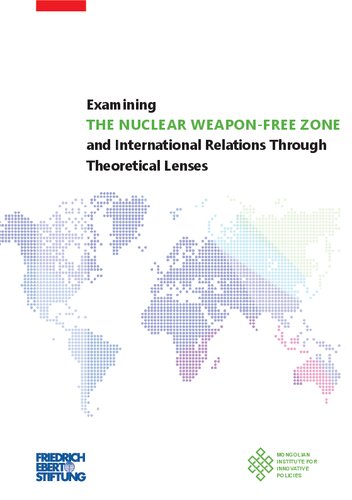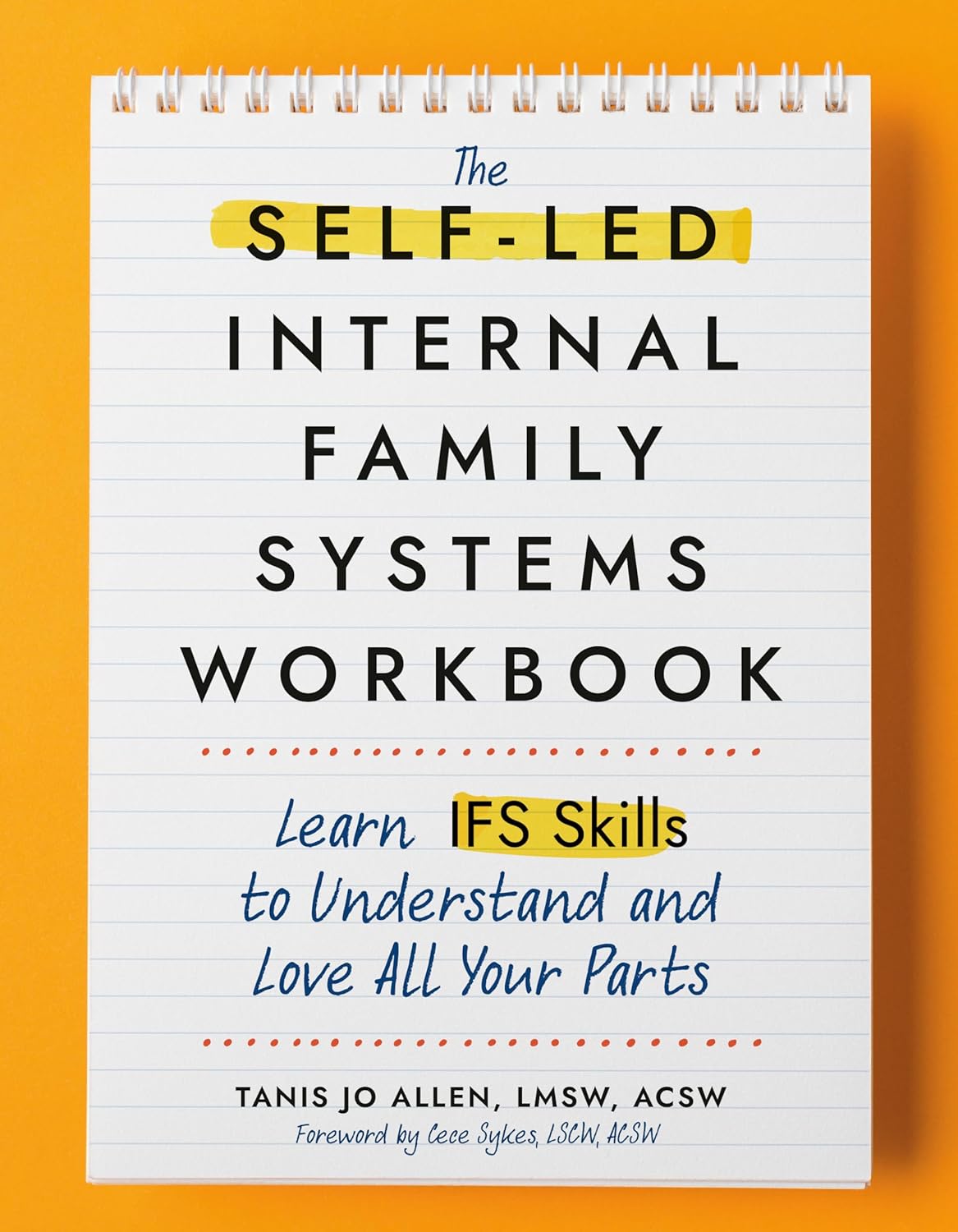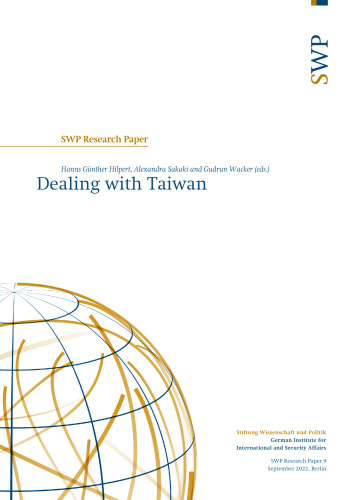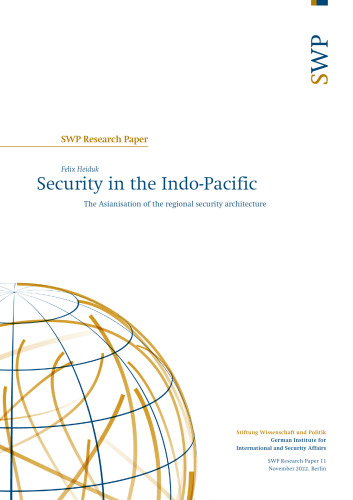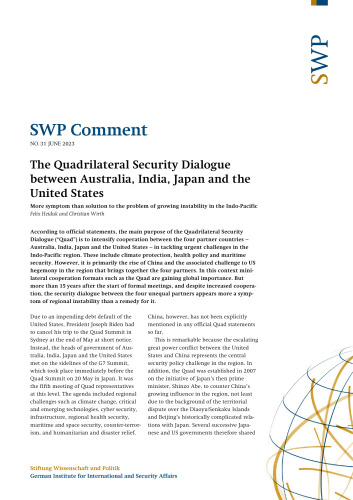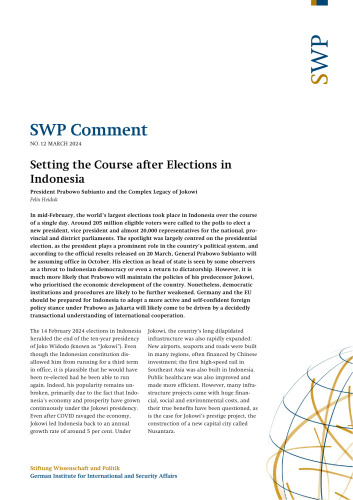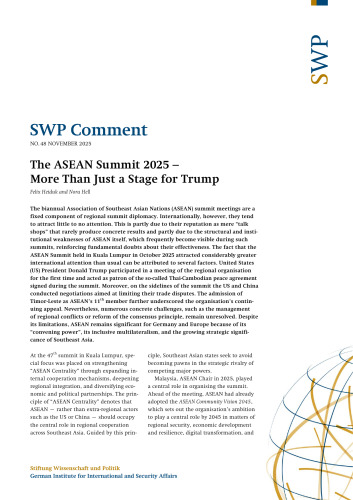How do the theories explain the nuclear weapon-free zone? Realism is a state-centred theory. Because States do not trust each other, they constantly seek ways to maximize their security. In the realist world, great powers matter the most because their strategies and interactions shape or change the international system (or structure). International organizations are ineffective and mostly serve the interests of the great powers. War and conflicts are inevitable as the balance of power shifts. Secondary and small States must balance or bandwagon to survive in this anarchic international system. Realists argue the importance of the nuclear weapon for preventing the emergence of a major world war between the great powers, known as nuclear deterrence. Realists have difficulty incorporating domestic factors into their theoretical explanations. The main drive for the nuclear weapon-free zone closely relates to Mongolia’s experience during the double Cold War (the Soviet Union versus the United States and China versus the Soviet Union). Mongolia feared becoming a battlefield between the nuclear weapon States on several occasions. First, the United States consulted with the Soviets to carry out pre-emptive strikes on China’s nuclear facilities (near the Sino–Mongolian border) as China began its nuclear weapon programme in 1963.2 Second, the Soviet military installations in Mongolia were included in the United States targeting list if a war broke out between the Warsaw Pact and NATO countries in Europe.3 Many observers, including Mongolians, believed the presence of tactical nuclear weapons at the Soviet military bases in Mongolia. Because of the mutual defence treaty between the Soviet Union and Mongolia, there was no requirement for the Soviets to inform their Mongolian counterparts. This experience prompted the Mongolian authority to declare itself a nuclear weapon-free zone immediately following the Soviet military withdrawal in 1992 and to seek security assurances from the five nuclear weapon States that are Permanent Members of the UN Security Council.
چکیده فارسی
تئوری ها چگونه منطقه عاری از سلاح هسته ای را توضیح می دهند؟ رئالیسم یک نظریه دولت محور است. از آنجایی که کشورها به یکدیگر اعتماد ندارند، آنها دائماً به دنبال راههایی برای به حداکثر رساندن امنیت خود هستند. در دنیای واقعگرا، قدرتهای بزرگ بیشترین اهمیت را دارند، زیرا استراتژیها و تعاملات آنها نظام (یا ساختار) بینالمللی را شکل میدهد یا تغییر میدهد. سازمان های بین المللی ناکارآمد هستند و بیشتر در خدمت منافع قدرت های بزرگ هستند. با تغییر موازنه قدرت، جنگ و درگیری اجتناب ناپذیر است. کشورهای ثانویه و کوچک باید برای بقای خود در این نظام بینالملل بیرحمانه تعادل برقرار کنند یا به آن دست یابند. واقعگرایان اهمیت سلاح هستهای را برای جلوگیری از بروز یک جنگ جهانی بزرگ بین قدرتهای بزرگ که به عنوان بازدارندگی هستهای شناخته میشود، استدلال میکنند. واقع گرایان در گنجاندن عوامل داخلی در تبیین نظری خود مشکل دارند. انگیزه اصلی منطقه عاری از سلاح هستهای به تجربه مغولستان در طول جنگ سرد مضاعف (اتحاد جماهیر شوروی در مقابل ایالات متحده و چین در برابر اتحاد جماهیر شوروی) مرتبط است. مغولستان بارها از تبدیل شدن به میدان جنگ بین کشورهای دارای سلاح هسته ای می ترسید. اول، ایالات متحده با شوروی برای انجام حملات پیشگیرانه به تأسیسات هسته ای چین (نزدیک مرز چین و مغولستان) مشورت کرد، زیرا چین برنامه سلاح هسته ای خود را در سال 1963 آغاز کرد. 2 دوم، تأسیسات نظامی شوروی در مغولستان در ایالات متحده گنجانده شد. در صورت وقوع جنگ بین پیمان ورشو و کشورهای ناتو در اروپا، کشورهایی که هدف آنها قرار می گیرند، فهرست می شوند. بسیاری از ناظران، از جمله مغولستان، وجود سلاح های هسته ای تاکتیکی در پایگاه های نظامی شوروی در مغولستان را باور داشتند. به دلیل قرارداد دفاعی متقابل بین اتحاد جماهیر شوروی و مغولستان، هیچ الزامی برای شوروی برای اطلاع رسانی به همتایان مغولستان وجود نداشت. این تجربه مقامات مغولستان را بر آن داشت تا بلافاصله پس از خروج نظامی شوروی در سال 1992 خود را یک منطقه عاری از سلاح هسته ای اعلام کند و از پنج کشور دارای سلاح هسته ای که اعضای دائم شورای امنیت سازمان ملل هستند، تضمین های امنیتی بگیرد.
ادامه ...
بستن ...
